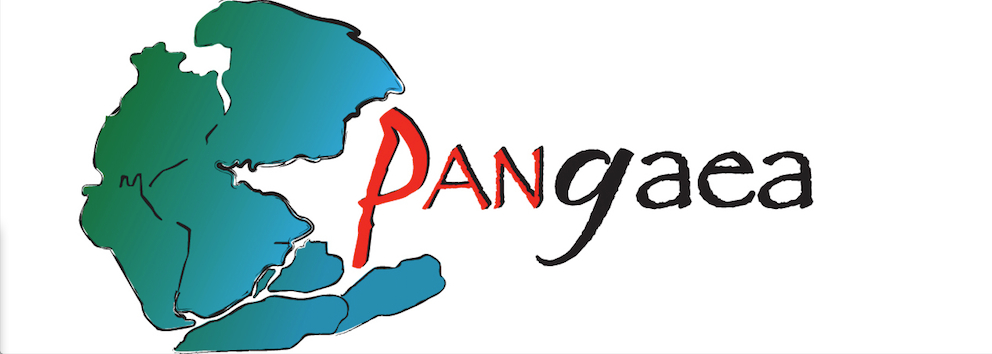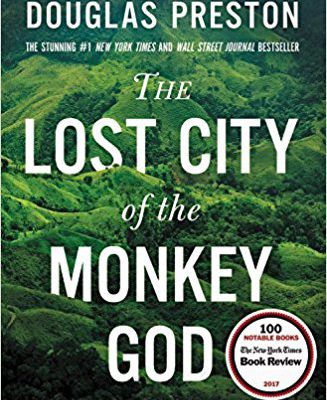The timing was uncanny; I had just finished Douglas Preston’s The Lost City of the Monkey God when news of another major, new, lidar-enabled archeological find in Central America broke—at the same time I was attending the International Lidar Mapping Forum (ILMF) in Denver, Colorado. Then, while I was attending Teledyne Optech’s product presentation at the conference, Optech announced that their Titan lidar system was used by the University of Houston in this major archeological find. See the news item below for details.
All signs pointed towards a mini-review of The Lost City of the Monkey God, so here we go. If the name Douglas Preston is familiar to you, there’s a reason; he is the author of 35 books, both fiction and non-fiction. He also writes about archaeology and paleontology for the New Yorker, National Geographic, and Smithsonian. The Lost City of The Monkey God is the true story of the discovery of a prehistoric city in an unexplored valley deep in the Honduran jungle. Unsurprisingly, lidar played a big role in this discovery. What was a surprise is that this lost city, also called the White City, Ciudad Blanca by the local inhabitants, is not Mayan but a previously unknown civilization that existed contemporarily with the Mayans.
The White City has been talked about, among Westerners, since 1526 when Hernán Cortés wrote about it in a letter to Emperor Charles V. The search for this fabled city has continued ever since.
Jumping ahead to 2010, filmmaker Steve Elkins, who had been searching for the White City for more than two decades, read about this new technology called lidar. Using satellite data and modern testimony from reliable sources, four target areas were designated for lidar surveys by a team from the National Center for Airborne Laser Mapping (NCALM). NCALM is based at the University of Houston and is operated in partnership with the University of California, Berkeley. Getting NCALM onboard with the mission was a struggle—the project was speculative; no one had hard evidence of the lost city. Fortunately, the NCALM team did agree to the project, and subsequent lidar surveys provided proof that the legends were based on fact.
Then the hard work of “ground truthing” began. A team of archeologists, guides (including ex-SAS jungle experts), a photographer, and a writer (Preston) made the trek to the largest site located deep in the jungles of Honduras. The region, called the Mosquita, is an area where dangers include poisonous snakes, scorpions, bullet ants (their bite causes pain equal that of a bullet wound), and a wide assortment of tropical diseases. What the team found was nothing less than astounding.
If you’re in the mood for a fascinating and rousing adventure story, I recommend you read The Lost City of the Monkey God for the rest of the amazing tale. One word of advice: pick up the print version; sadly the color photographs didn’t translate well into my Kindle version.
This article appeared in xyHt‘s e-newsletter, Pangaea. We email it twice a month, and it covers a variety of unusual geospatial topics in a conversational tone. You’re welcome to subscribe to the e-newsletter here. (You’ll also receive the once-monthly Field Notes newsletter with your subscription.)


